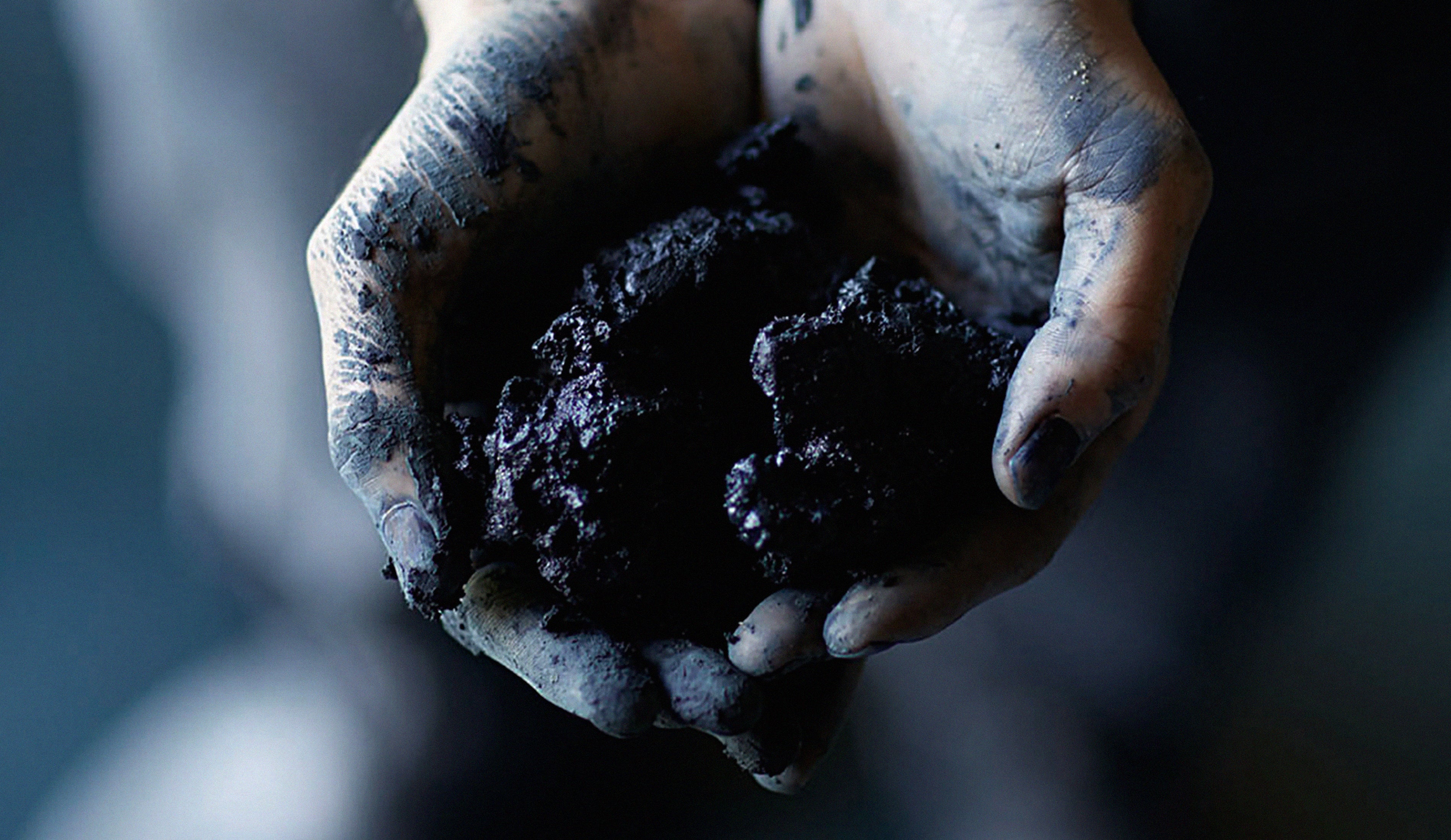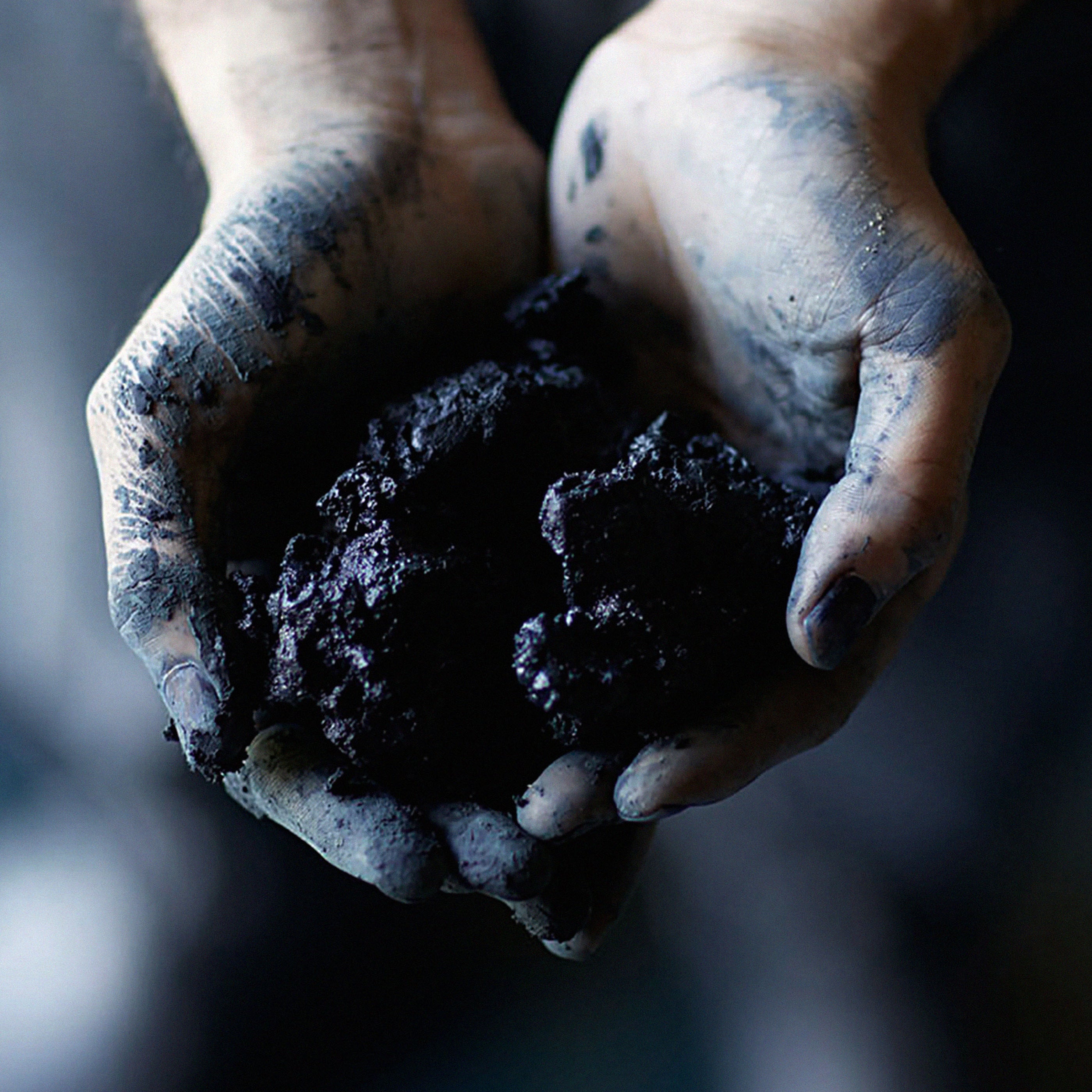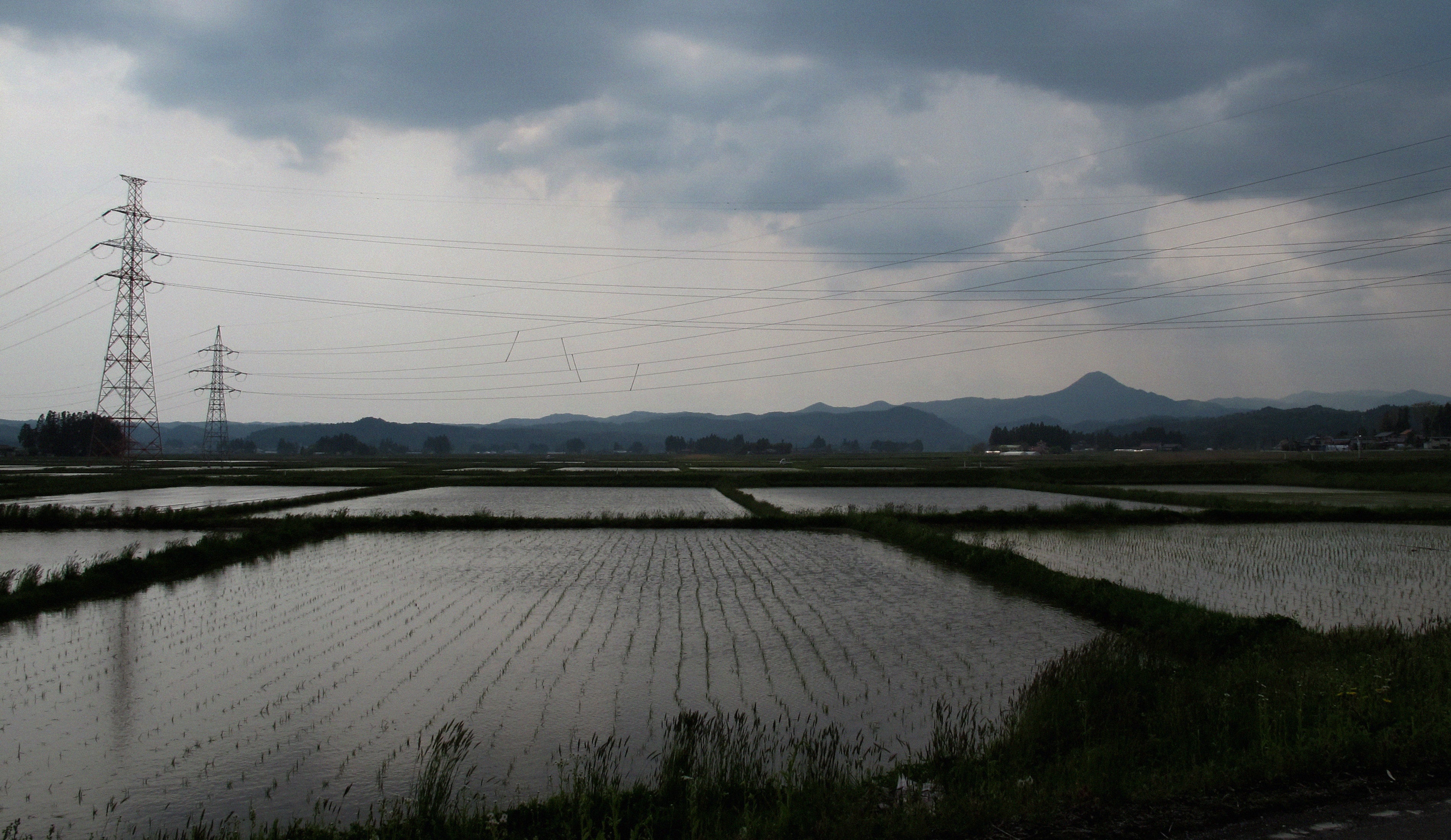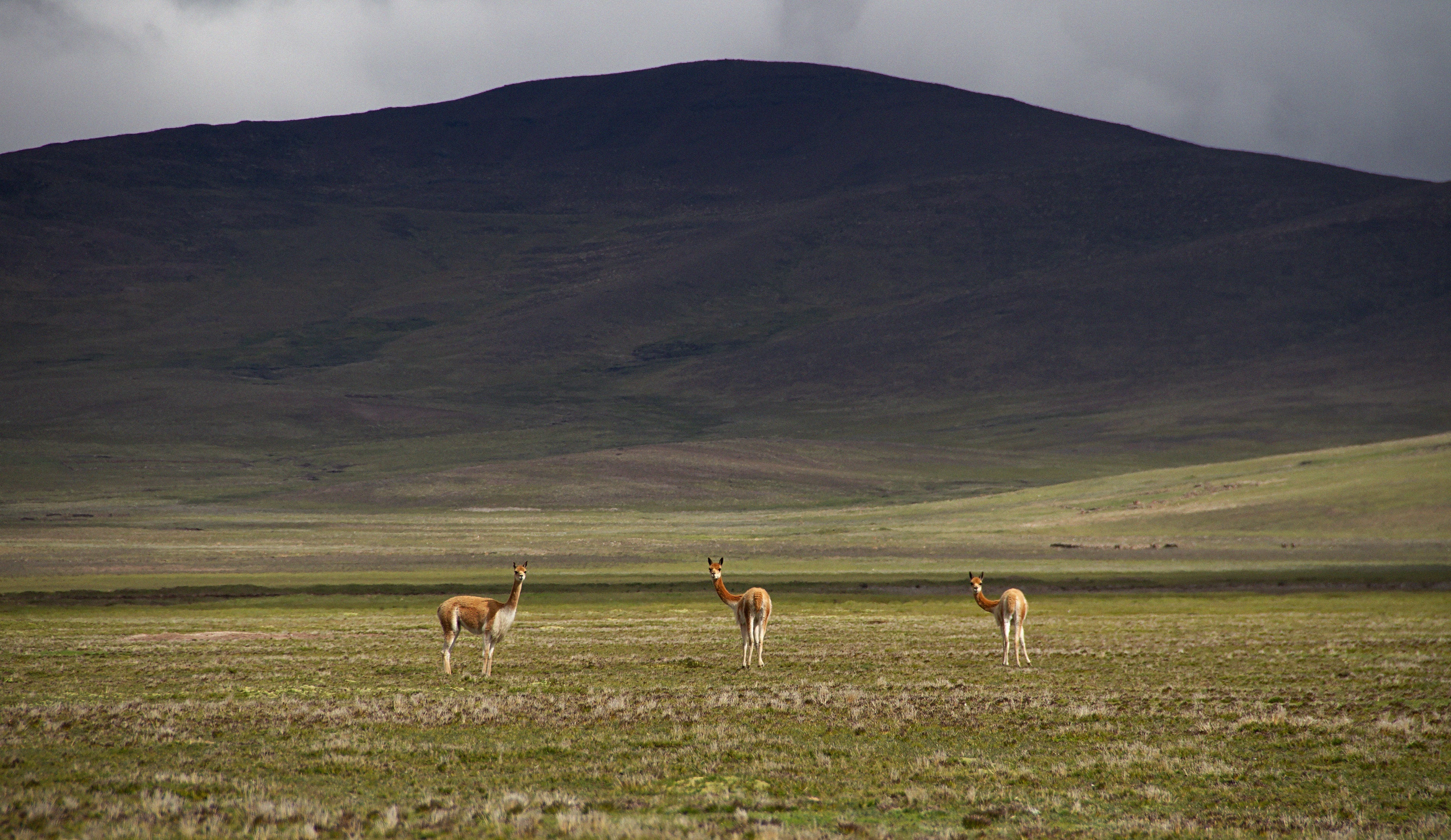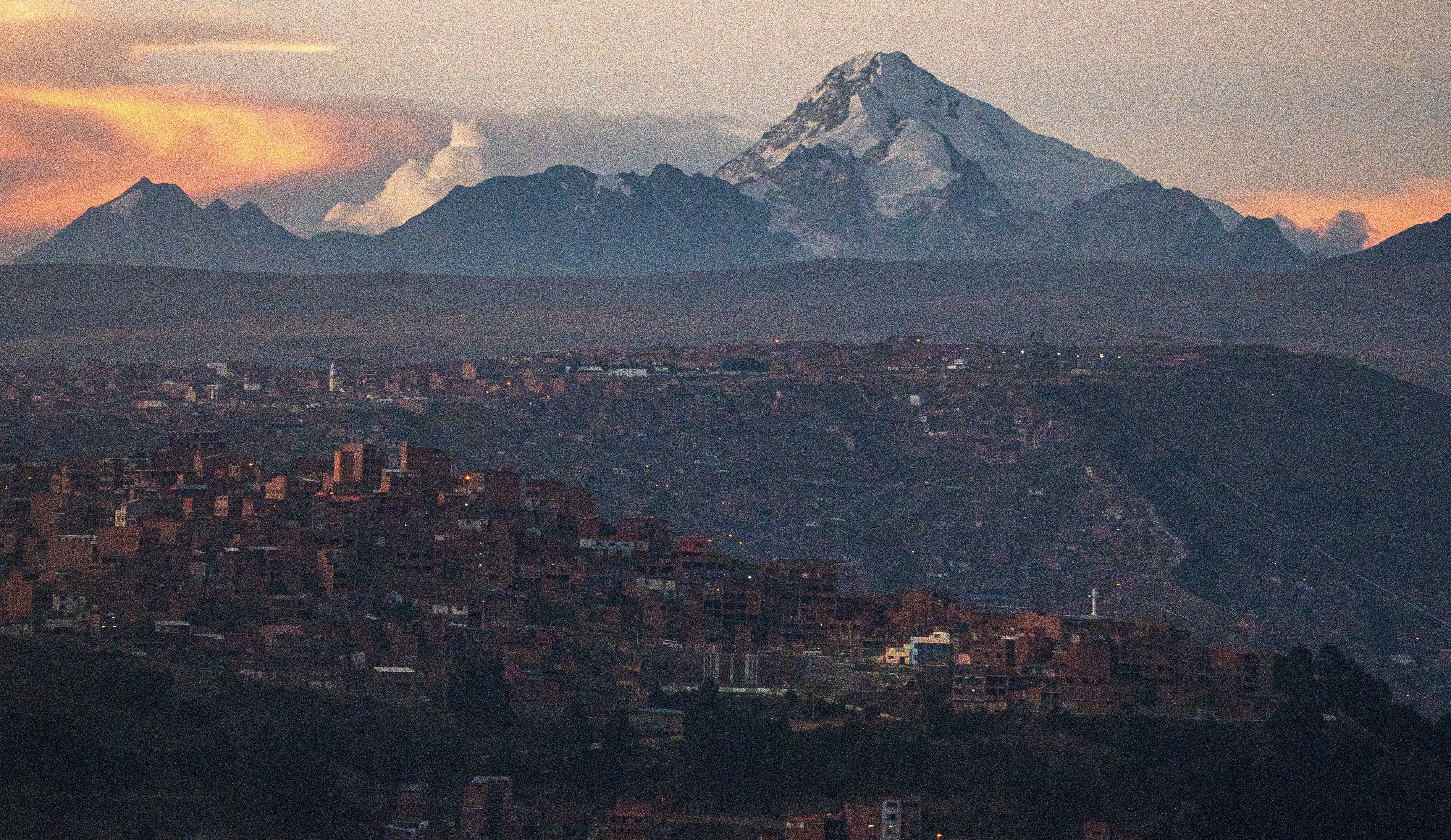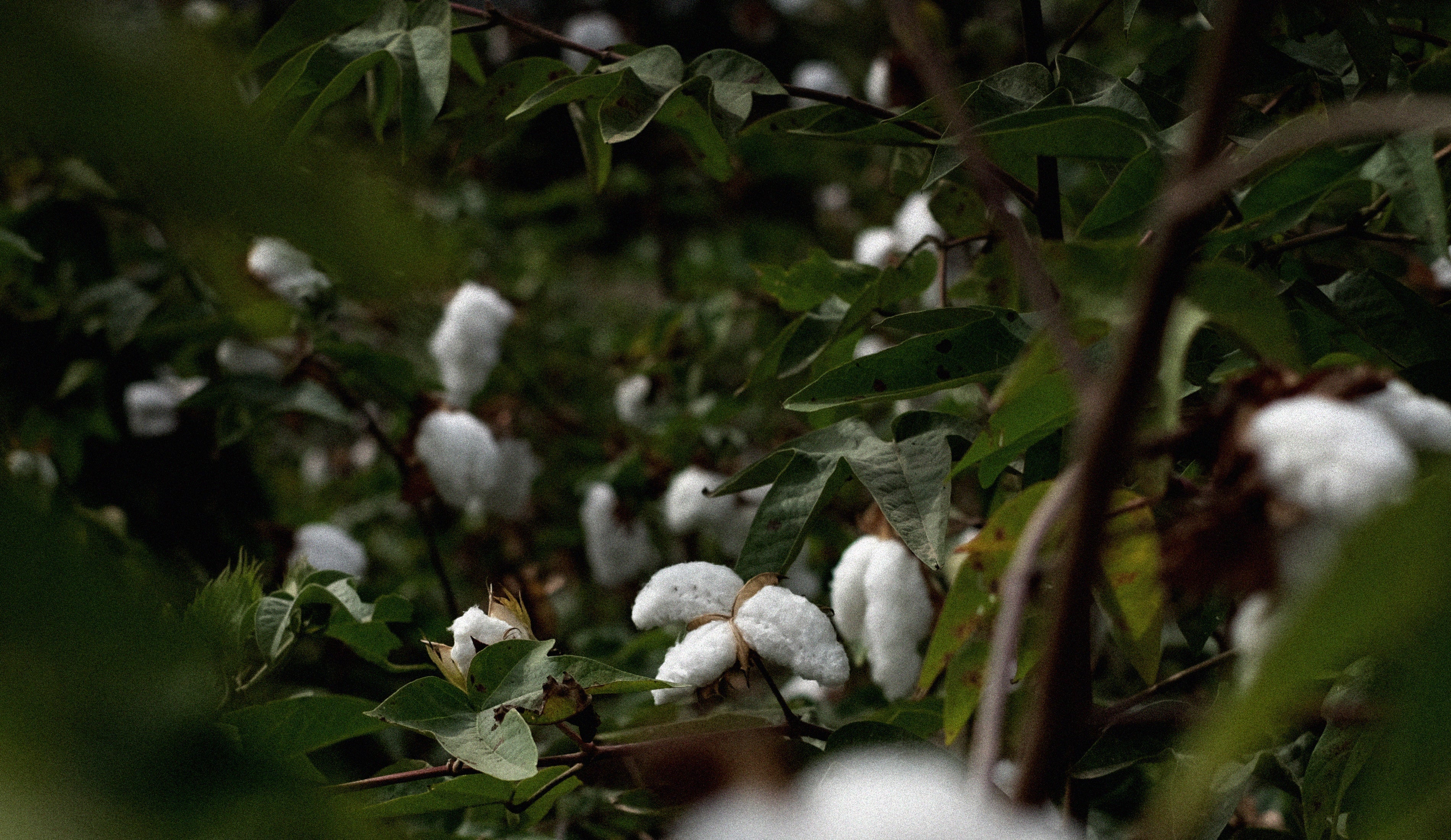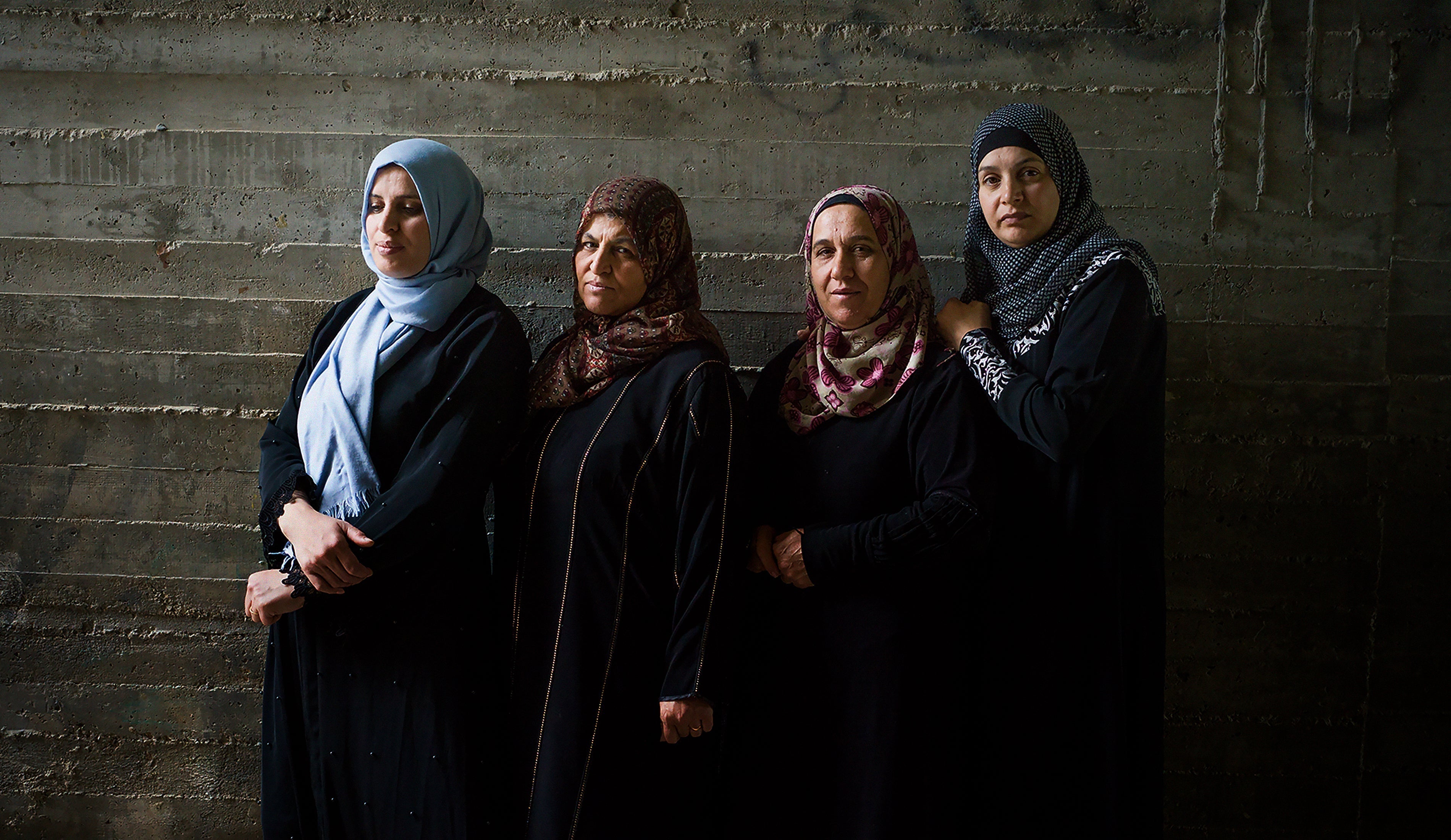01. Despite being an Okinawan variety, Ryukyu indigo leaves are sensitive to direct sunlight, so they are carefully grown from seedlings.
02. Reaped during the rainy season in June, the newly harvested indigo plants are soaked and naturally fermented in water and observed carefully.
03. Seashell ash is added to the fermented indigo water to further enhance the colour pigments.
04. The pigmented water is oxidised and filtered and finally becomes pure indigo paste, which is used for dyeing. In Okinawa, in order for pigment particles to penetrate into the yarn and cloth, syrup and awamori sake are added as feed to promote further fermentation. This creates micro organisms that enable the pigments to penetrate.
05. To prevent indigo from decomposing, it has to be stirred twice daily, once in the morning and once in the evening. It is also necessary to maintain a constant pH level to prevent the growth of bacteria other than the fermenting indigo bacteria by adding limestone.
06. Natural indigo dyeing completely depends on the humidity, temperature and weather conditions, so to achieve the beautiful “Ryukyu blue” colour fabric must be dyed over and over again.
